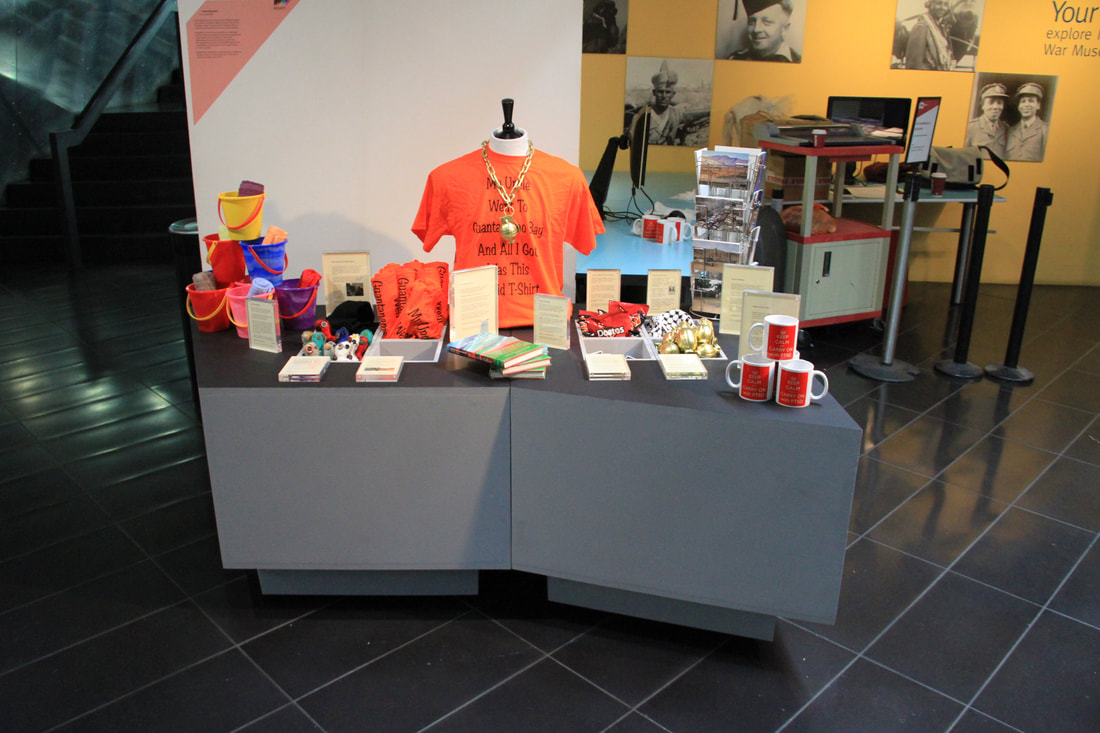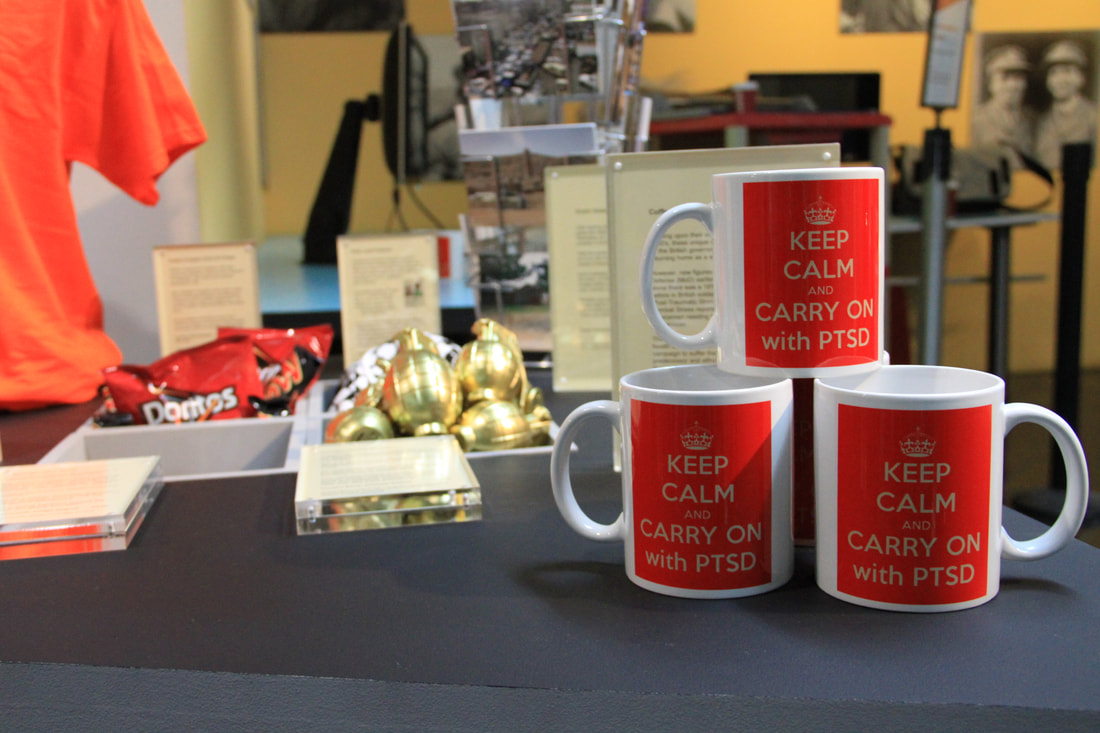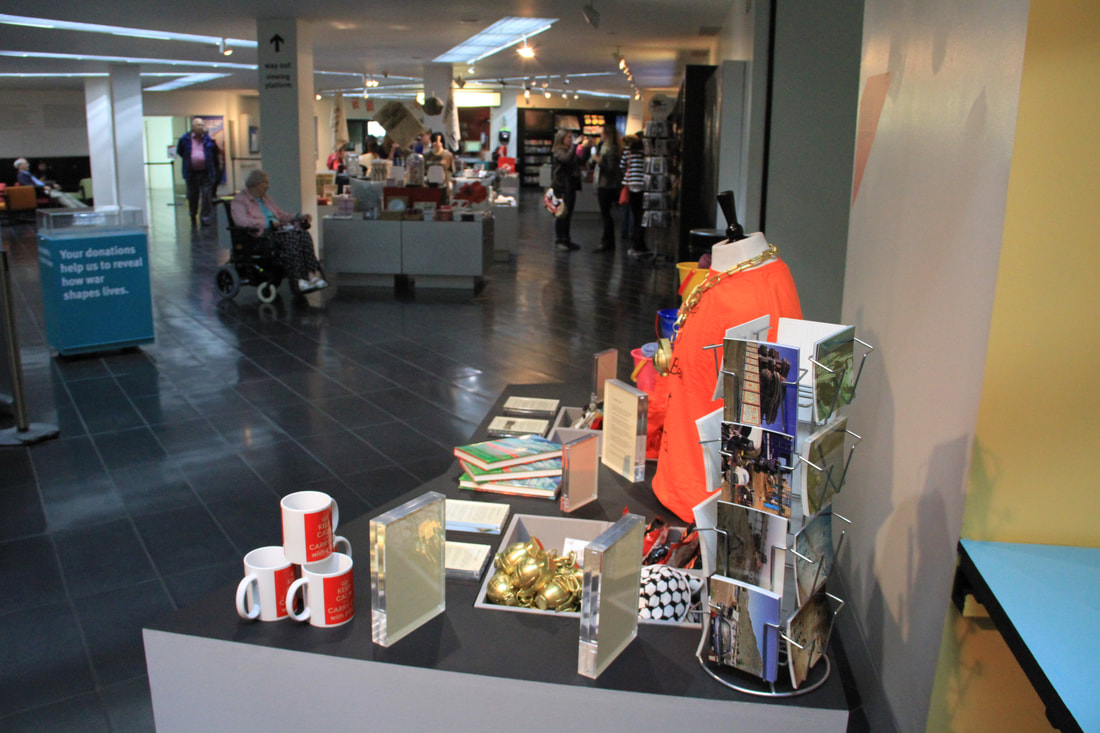Cultural Artist - Conceptual Anthropologist
Commodified, 2014
Site-Specific Installation
Asia Triennial Manchester (ATM14), Commission
Manchester, UK
When it comes to war and conflict, there are countless rationales; reasonings, and arguments that go into explaining and/or justifying why peoples and nations go to war with each other. However, one undeniable facet of war and conflict is the economy it promotes and generates. Whether speaking of the military-industrial complex or the aid and development sectors, there is a significant economical contribution that ends up benefitting many of the primary stakeholders in any given conflict. In a sense, war and conflict have become commodified, as opposed to commoditised, the difference in a Marxian sense being that “commoditisation” is about proprietary things becoming generic, whereas “commodification” is about non-sellable things becoming sellable. Perhaps two primary examples of this would be the abundance of children's’ toys inspired by military vehicles and weaponry, as well as the prevalence of camouflage designs in a variety of mainstream clothing and fashion labels. What are we “selling” when we sell these things - Understanding? History? Empathy/Sympathy? Ideas? Loyalties? Etc.?
Commodified explores questions about how we approach the commodification of conflict through merchandise, such as - How do we decide what kind of items are produced for sale? What kind of messages, if any, do we want to convey through those items? Does the commodification of conflict make people more or less aware of war’s/conflict’s consequences?
Site-Specific Installation
Asia Triennial Manchester (ATM14), Commission
Manchester, UK
When it comes to war and conflict, there are countless rationales; reasonings, and arguments that go into explaining and/or justifying why peoples and nations go to war with each other. However, one undeniable facet of war and conflict is the economy it promotes and generates. Whether speaking of the military-industrial complex or the aid and development sectors, there is a significant economical contribution that ends up benefitting many of the primary stakeholders in any given conflict. In a sense, war and conflict have become commodified, as opposed to commoditised, the difference in a Marxian sense being that “commoditisation” is about proprietary things becoming generic, whereas “commodification” is about non-sellable things becoming sellable. Perhaps two primary examples of this would be the abundance of children's’ toys inspired by military vehicles and weaponry, as well as the prevalence of camouflage designs in a variety of mainstream clothing and fashion labels. What are we “selling” when we sell these things - Understanding? History? Empathy/Sympathy? Ideas? Loyalties? Etc.?
Commodified explores questions about how we approach the commodification of conflict through merchandise, such as - How do we decide what kind of items are produced for sale? What kind of messages, if any, do we want to convey through those items? Does the commodification of conflict make people more or less aware of war’s/conflict’s consequences?



